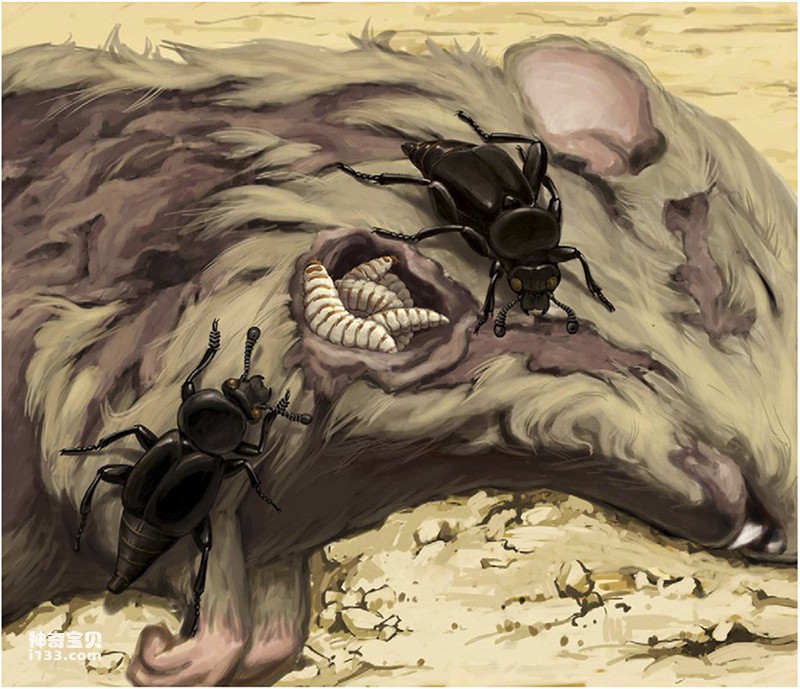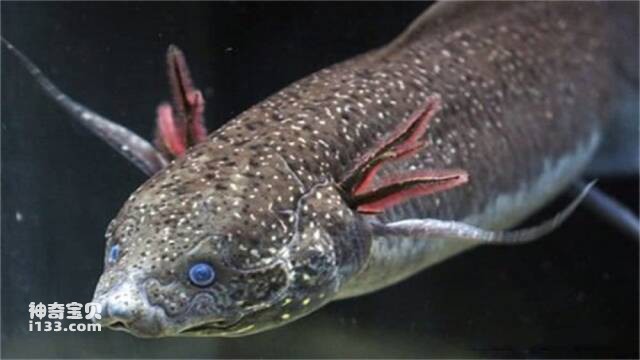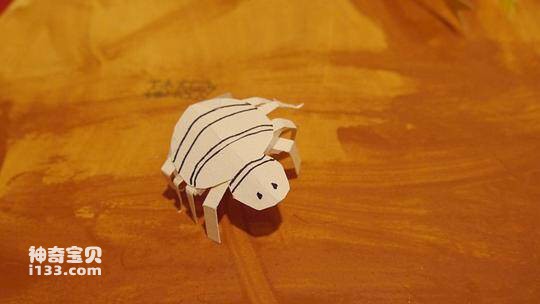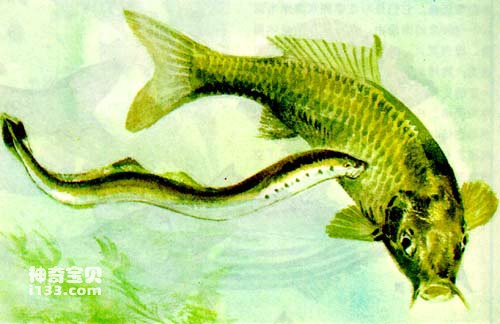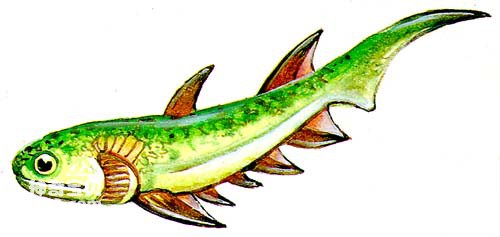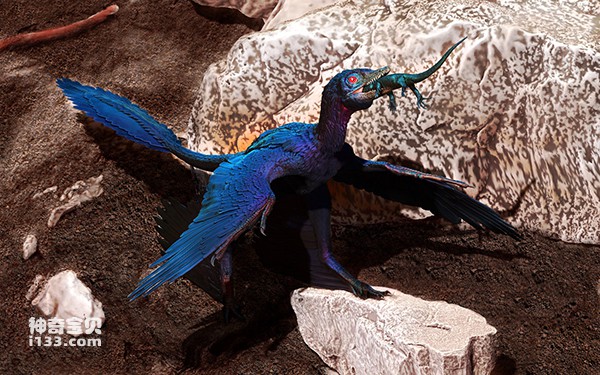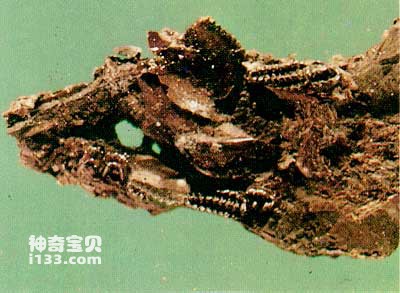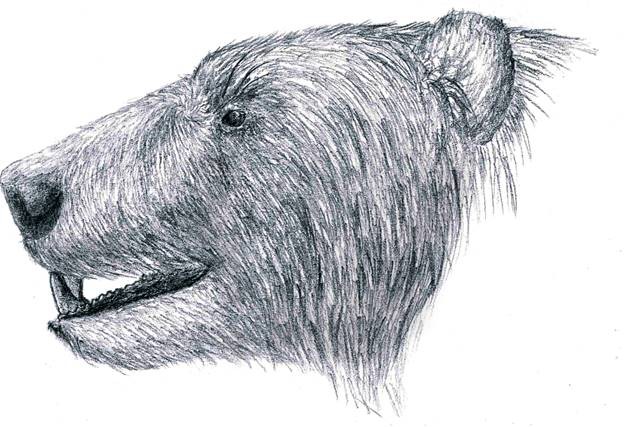Animal cells and plant cells are two types of eukaryotic cells, but they have some significant differences in structure and function. Understanding these differences is essential for gaining a deeper understanding of biology and cell function. In this article, we will explore the unique structures and functions that animal cells have but plant cells do not have, to help you better understand the evolutionary and biological differences between these two types of cells. Specificity.
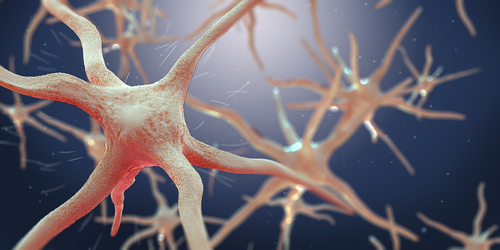
1. Centrosome
One of the most significant differences is the presence of the centrosome. Animal cells have a structure called the centrosome, which is composed of two centrioles and is located near the cell nucleus. Centrosomes play an important role in cell division, helping to form the spindle and ensuring that chromosomes are evenly distributed to the two daughter cells during mitosis or meiosis.
Animal cells have: centrosomes
Plant cells do not have: centrosomes
Plant cells do not have centrosomes, but they are still able to form spindles during cell division, usually through other microtubule organizing centers to accomplish this task.
2. Lysosome
Lysosome is a unique organelle in animal cells. It is a small vesicle wrapped by a single membrane. Full of hydrolytic enzymes. The main function of lysosomes is to break down and recycle cellular waste, including digesting foreign substances (such as bacteria), cleaning damaged organelles, and helping to maintain normal cell function through intracellular digestion.
Animal cells have: lysosomes
Plant cells do not have: typical lysosomes
Although plant cells also have structures similar to lysosomes, such as vacuoles, which can participate in some decomposition functions, their functions are similar to lysosomes. The bodies are not exactly the same.
3. Intermediate Filaments
The cytoskeleton of animal cells is composed of microtubules , microfilaments and intermediate filaments. Among them, intermediate filaments are mainly responsible for enhancing the mechanical strength of cells and maintaining the stability of cell structure, especially when subjected to external pressure or tension.
Animal cells have: intermediate filaments
Plant cells do not have: intermediate filaments
Although plant cells also have cytoskeleton, they lack the intermediate filaments. The rigidity of plant cells mainly depends on the cell wall, not on the intermediate filaments like animal cells.
4. Tight Junctions and Desmosomes
There are some unique cell connection structures in animal cells, which help cells to connect tightly, form tissues, and control the flow of substances between cells. Tight junctions and Desmosomes are two of the main types of connections.
Tight junctions: form barriers in epithelial tissues to prevent molecules from passing through intercellular spaces.
Desmosomes: ensure the overall structure and strength of tissues through strong connections between cells.
Animal cells have: tight junctions, desmosomes
Plant cells do not have: tight junctions, desmosomes
Plant cells communicate and transfer substances through plasmodesmata, which replaces the tight junctions and desmosomes in animal cells.
5. Glycogen Granules
Animal cells store energy mainly in the form of glycogen. Glycogen is a polysaccharide that is stored as granules in animal cells for use when energy is needed. There are a large number of glycogen granules in animal cells, especially in liver and muscle cells.
Animal cells have: glycogen granules
Plant cells do not have: glycogen granules
Plant cells store energy through starch. The two are similar in function, but glycogen and starch are different molecules.
6. Microvilli
In some animal cells, especially epithelial cells, the cell surface has microvilli, which are tiny protrusions of the cell membrane. These structures greatly increase the surface area of the cell, especially when absorbing nutrients or excreting waste (such as intestinal cells), microvilli can improve the functional efficiency of the cell.
Animal cells have: microvilli (partial cells)
Plant cells do not have: microvilli
Plant cells generally do not have such similar structures, and they rely on the properties of the cell wall and vacuoles to regulate internal pressure to maintain their shape and function.
Although animal cells and plant cells have many similarities, they have obvious differences in structure and function. The unique structure of animal cells (such as centrosomes, lysosomes, intermediate filaments, etc.) enables them to perform functions different from plant cells, especially in terms of movement, energy storage, cell-to-cell connections, and cell division. Understanding these differences will not only help us better understand cell biology, but also help us gain a deeper understanding of the uniqueness of various biological systems in the process of evolution.

